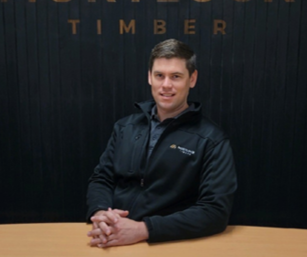Discover How Timber Can Improve the Acoustics of Your Space
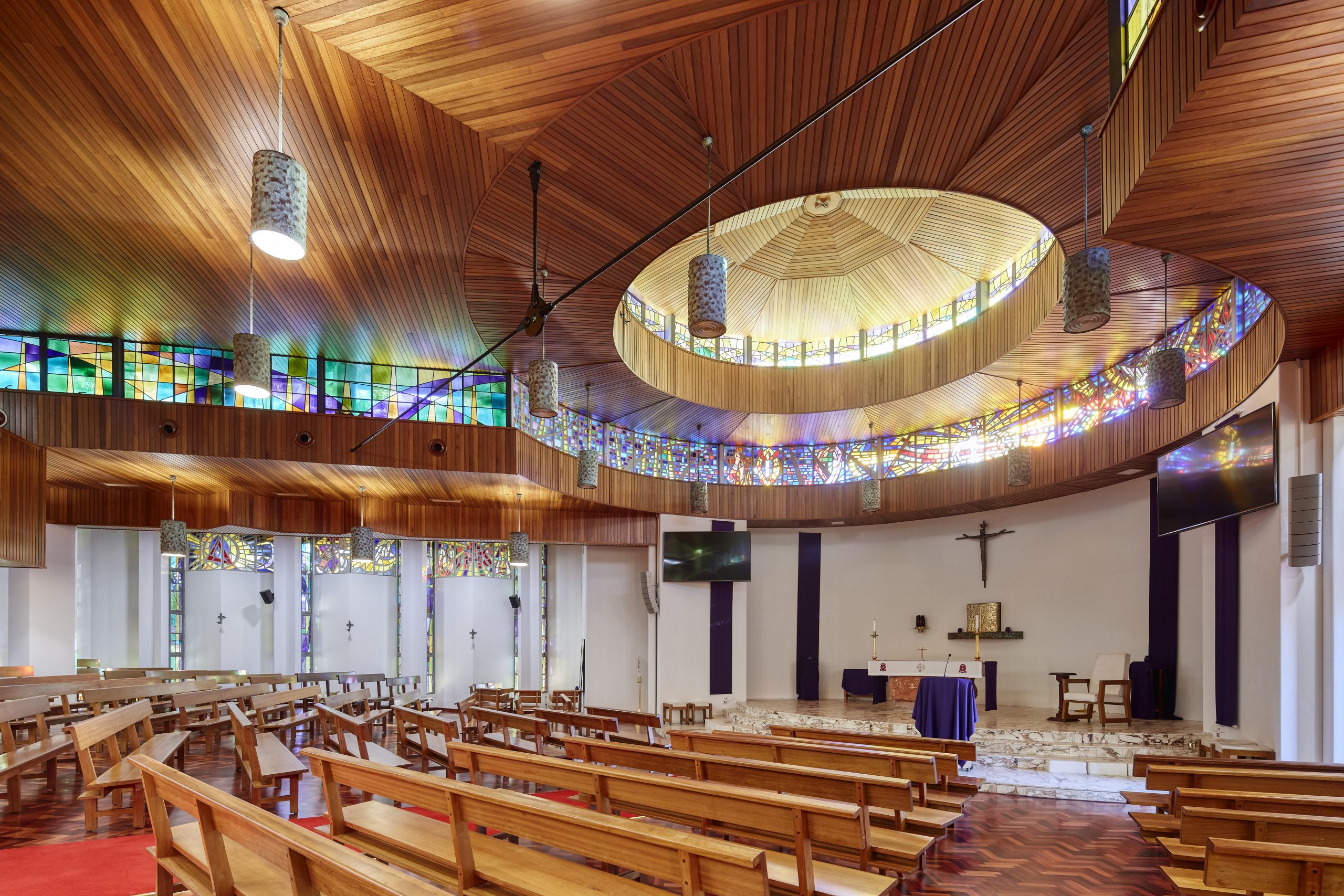
Acoustics, the science of sound, plays a pivotal role in the design of spaces. It’s about managing how sound travels within an environment to create the desired auditory experience.
Whether it’s in a concert hall, a home theatre, an office space, or even a cosy café, acoustics determine the clarity, loudness, and overall quality of sound experienced by occupants.
Poor acoustic design can lead to issues like echoing, sound bleed, and general discomfort, which can affect the functionality and enjoyment of a space.
Today, we will explore the acoustic properties of timber and how it emerges as an elegant and effective solution for acoustic challenges in various spaces.
Sound absorption qualities
Timber is renowned for its sound absorption qualities, which play a crucial role in reducing echoes and reverberations in various spaces.
The secret to its effectiveness lies in its inherent physical structure. Wood, being a porous and fibrous material, naturally absorbs sound waves instead of reflecting them.
When sound waves encounter a timber surface, they penetrate its porous layers, and the energy is dissipated within the wood fibres, reducing the amount of sound bouncing back into the room.
This process significantly reduces the echo and reverberation effects that are common with harder, less porous materials like concrete or metal.
Acoustic reflection and diffusion
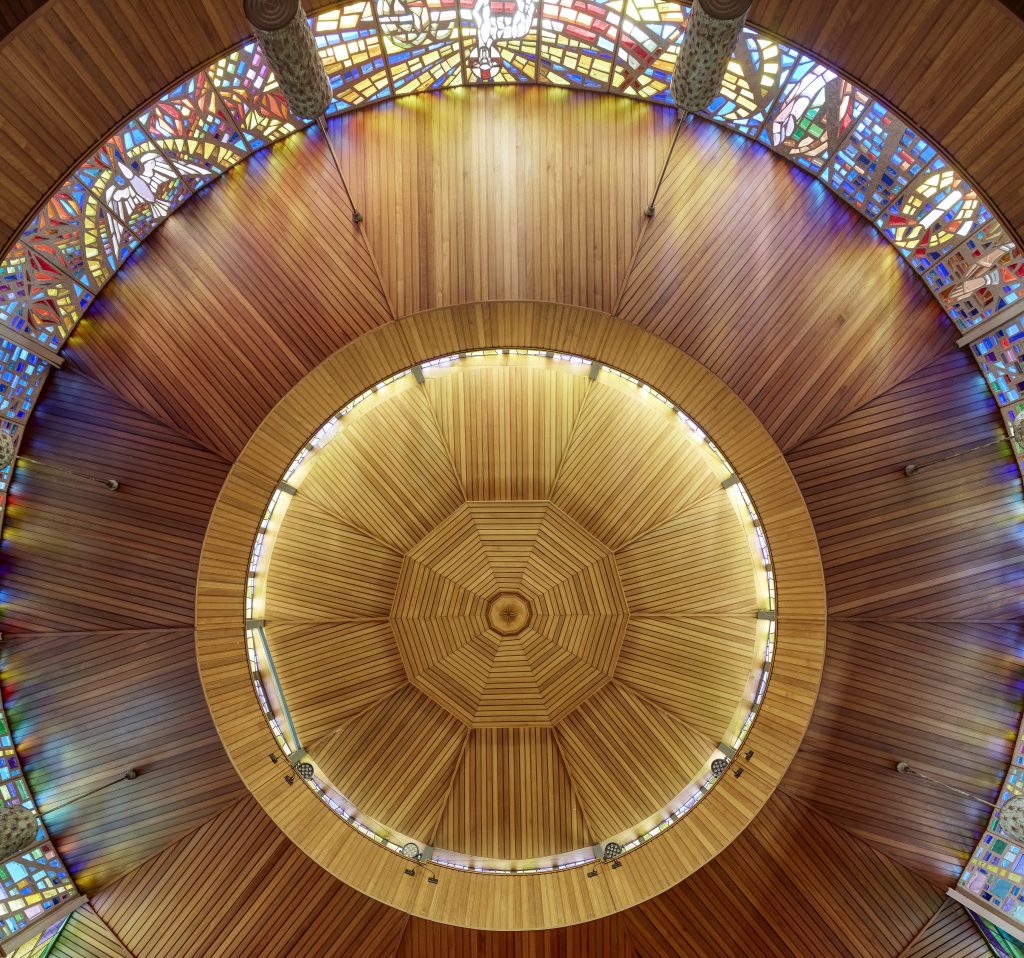
Timber is not only prized for its sound absorption qualities but also for its capacity to reflect and diffuse sound. This capability is particularly crucial in spaces such as concert halls, theatres, and auditoriums, where the even distribution of sound is essential for an optimal auditory experience.
Sound reflection
Sound reflection involves the bouncing back of sound waves from a surface. In the context of acoustic design, reflective surfaces are strategically used to direct sound waves throughout a space.
Timber can be an excellent material for this purpose, especially when a balanced sound field is desired. The density and hardness of certain types of timber, such as hardwoods like oak or maple, make them ideal for reflecting sound.
When used in flooring, wall panels, or ceilings, these timbers can effectively project sound across a room, ensuring that audio reaches the audience clearly and consistently.
Sound diffusion
Sound diffusion is about scattering sound waves, reducing the focus of sound in one direction and thereby minimising issues like echoes or ‘hot spots’ where sound is overly concentrated.
Timber, with its natural grain patterns and varying densities, can be utilised to create surfaces that scatter sound waves in multiple directions. This quality is especially beneficial in large spaces where controlling the direction and distribution of sound is key to achieving acoustic harmony.
For instance, timber cladding or panelling with varying depths and angles can act as a diffuser, breaking up sound waves and distributing them more evenly.
This not only improves sound quality but also enhances speech intelligibility and musical clarity, which is vital in performance spaces.
Designing timber cladding for improved acoustics
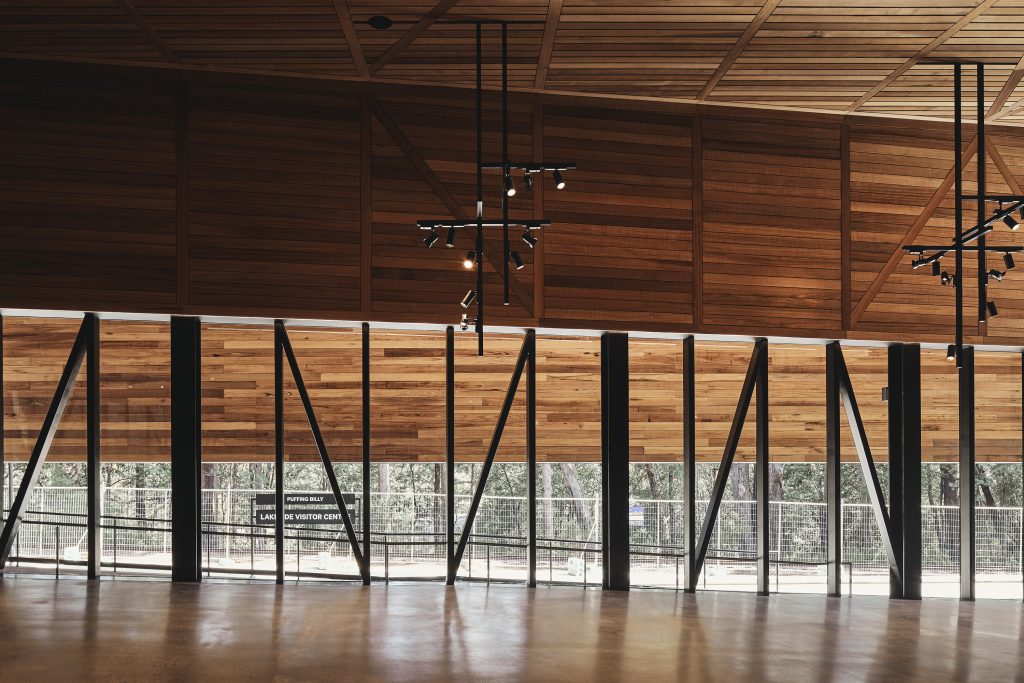
In designing spaces for optimal acoustic performance using timber, several factors must be considered:
- Type of timber: Choosing the right type of timber is crucial. Hardwoods are generally preferred for their reflective properties, while softer woods are more effective for absorption.
- Surface texture: The texture of the timber surface can significantly impact its acoustic behaviour. Rough-sawn or grooved timber surfaces can diffuse sound more effectively than smooth, flat surfaces.
- Placement and orientation: The placement and orientation of timber elements within a space can influence how sound is reflected and diffused. Strategic placement can help in achieving the desired acoustic environment.
- Combination with other materials: Timber often works best acoustically when used in conjunction with other materials. For instance, combining reflective timber surfaces with absorptive materials can create a well-balanced acoustic environment.
Mixing acoustic performance with sustainability
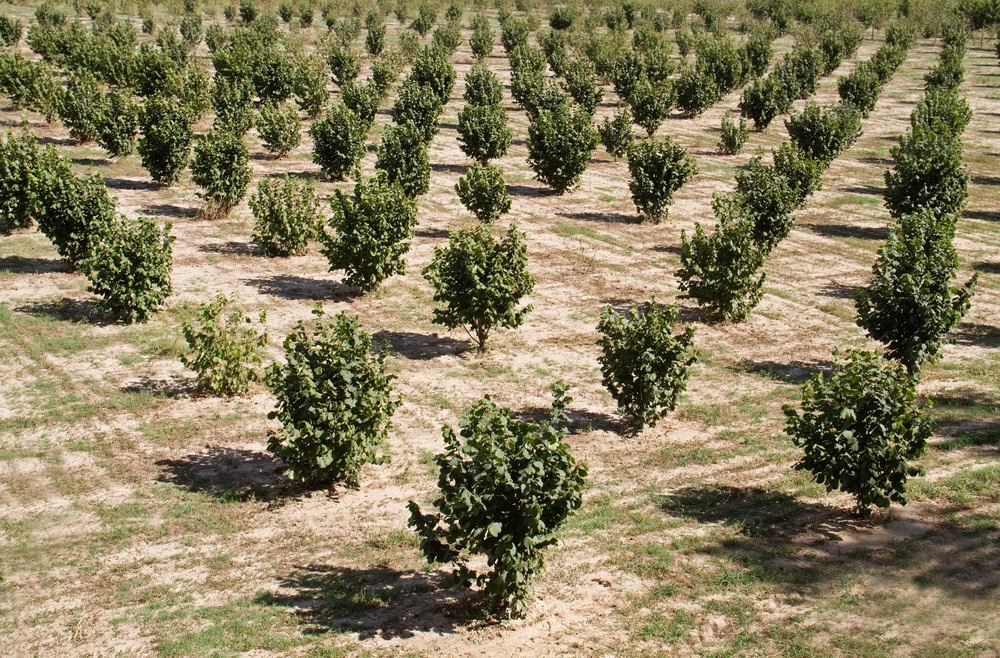
Timber stands at the intersection of sustainable building practices and acoustic optimization. Its use in construction not only adheres to eco-friendly principles but also provides significant benefits in terms of sound management.
This dual advantage makes timber an increasingly popular choice in green building design. The sustainability aspects of timber include:
- Renewable resource: Timber is a renewable resource, with the ability to be replenished over time. Sustainable forestry practices ensure a continuous cycle of growing, harvesting, and replanting trees, making timber a more environmentally responsible choice compared to non-renewable building materials.
- Carbon sequestration: Trees absorb carbon dioxide from the atmosphere, storing carbon in their wood. When timber is used in construction, this carbon remains sequestered, reducing the overall carbon footprint of the building.
- Energy efficiency in production: The production and processing of timber generally require less energy compared to materials like steel or concrete. This lower energy consumption translates to reduced greenhouse gas emissions.
- Recyclability and biodegradability: At the end of its life, timber can be recycled for other uses or left to biodegrade naturally, contributing to a circular economy and minimising waste in landfills.
Choosing the right timber for acoustics
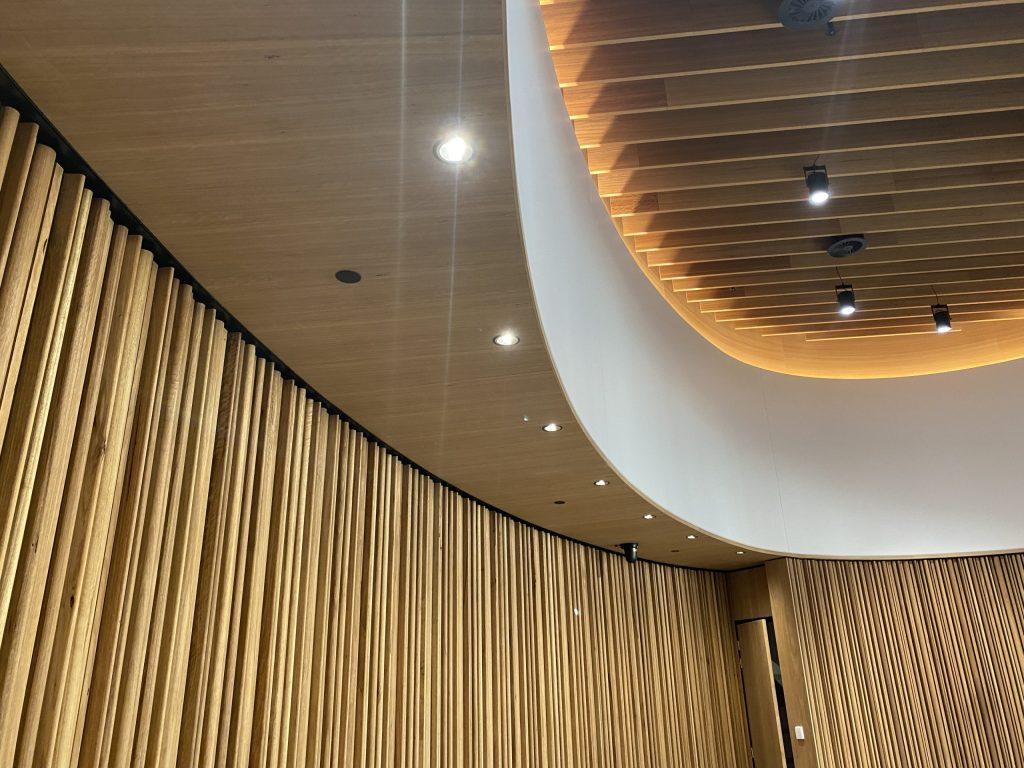
Not all wood types have the same sound absorption, reflection, and diffusion capabilities. The specific acoustic properties of timber depend on several factors, including its density, grain structure, moisture content, and overall thickness.
Timber density
Generally, softer woods with less dense structures are better at absorbing sound than harder woods. Hence they are said to have higher sound absorption coefficients compared to denser timbers.
High-density timbers like Spotted Gum or Blackbutt are typically suitable for spaces where sound reflection is desired, like concert halls or auditoriums, to evenly distribute sound throughout the room.
Low-density timbers such as Tasmanian Oak or Malvec are better at absorbing sound. These are ideal for environments where reducing echo and reverberation is crucial, such as recording studios or intimate meeting spaces.
Grain structure
The grain structure of the wood also influences its sound absorption. Woods with an open grain tend to diffuse sound more effectively, breaking up sound waves and reducing focal points of noise. This characteristic is beneficial in large public spaces where sound distribution is key.
Wood species with a tighter grain are more reflective and provide a more consistent sound reflection, suitable for performance areas where clarity and projection of sound are important.
Moisture content
Timbers with higher moisture content can absorb sound more effectively. The presence of moisture within the wood’s cellular structure makes it less rigid and more capable of dampening sound vibrations.
In spaces like concert halls or theatres, where specific acoustic characteristics are desired, maintaining optimal moisture levels in timber is essential for consistent performance.
Overall thickness
Generally, thicker pieces of wood will absorb lower frequencies better than thinner ones. This is crucial in places where controlling bass reverberation is necessary.
Conversely, thinner timber can be used where high-frequency absorption is sufficient, or where the addition of bulkier materials is not feasible due to design constraints.
The importance of acoustic backing panels
Acoustic backing panels play a pivotal role in enhancing the acoustic properties of timber, especially when it comes to timber battens.
For example, our Proplank system integrates acoustic backing panels to elevate sound quality but also to remove the need for plastering and painting the underlying wall or ceiling.
All of our acoustic backings are meticulously pre-cut to your specified dimensions, ensuring a quick and efficient installation process. The installer just needs to slot them into the spacer clip grooves for a secure fit.
For bespoke acoustic solutions, our timber experts are on hand to offer their expertise and guide you through our extensive selection of acoustic enhancements. Get in touch today and let us help with your next project!
Build for acoustics with Mortlock Timber
Understanding the acoustic properties of timber allows architects and designers to make informed choices about the types of wood to use in their projects.
For instance, in concert halls or theatres, where sound clarity is paramount, specific types of timber can be strategically employed to enhance the acoustic performance.
Similarly, in residential or office spaces, where the goal is often to reduce noise levels and create a serene environment, the use of timber in flooring, wall panels, or ceilings can significantly improve the overall acoustic quality.
At Mortlock Timber, we know how to design for improved acoustics. Some of our most recent projects involve the Aquinas College Chapel and the Walyalup Koort conference room, both of which required planning for acoustics.
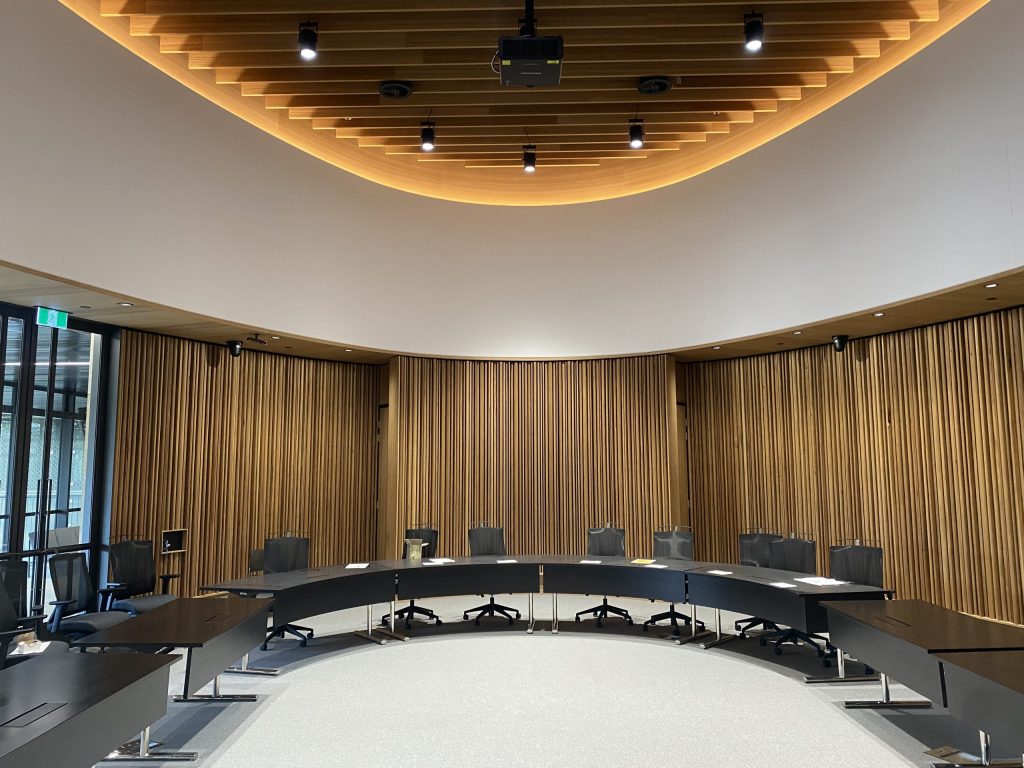
Walyalup Koort interior featuring PROPLANK Blackbutt timber battens
With our wide selection of timber species, you are certain to find something that will fit your space’s requirements. Whether you are looking for timber battens or timber cladding, we can help you choose the best species, finish, and profile for your project. Get in touch today for more information regarding our architectural timber products or to request a quote. One of our friendly team members will be happy to assist you!
View our pricing and product guide
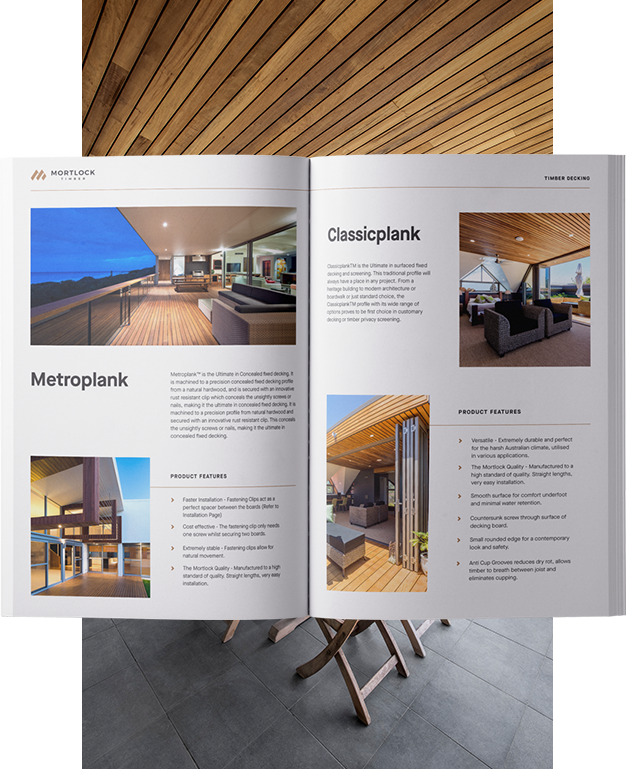
We are committed to bringing you timber products that add value and endure for years to come, even in heavy traffic and harsh weather conditions. We understand the value of efficiency when it comes to installation and keeping hardwood timber costs down. That’s why we’ve spent decades perfecting our designs to make them easier to handle, less wasteful and more efficient to install. This efficiency allows us to offer you premier products that are more cost-effective so that you can experience greater savings on timber wall costs, timber ceiling costs, timber cladding costs and timber decking costs.
Download our Pricing and Product Guide for our complete hardwood timber price list including timber decking prices, timber wall prices, timber ceiling prices and timber cladding prices.
